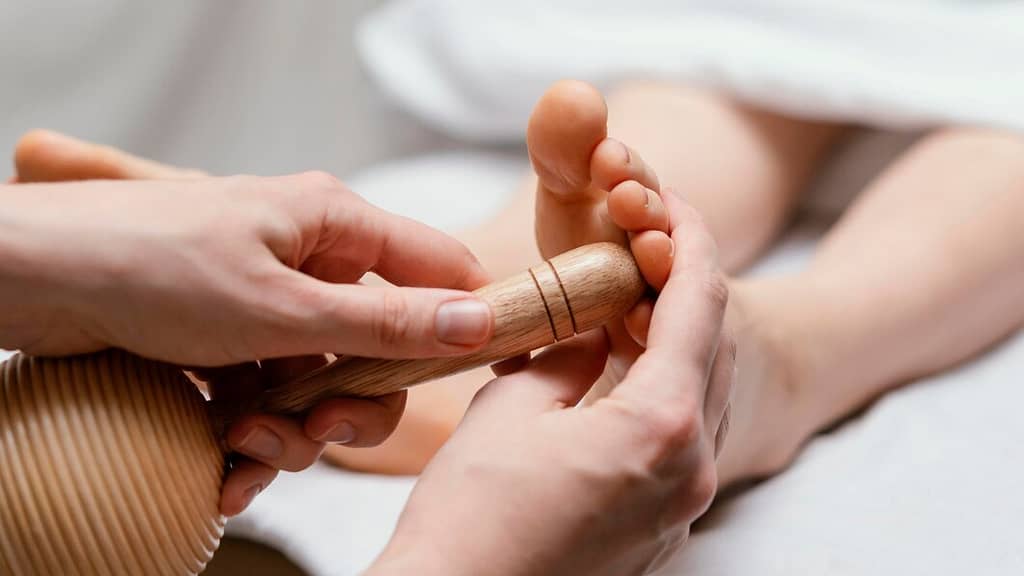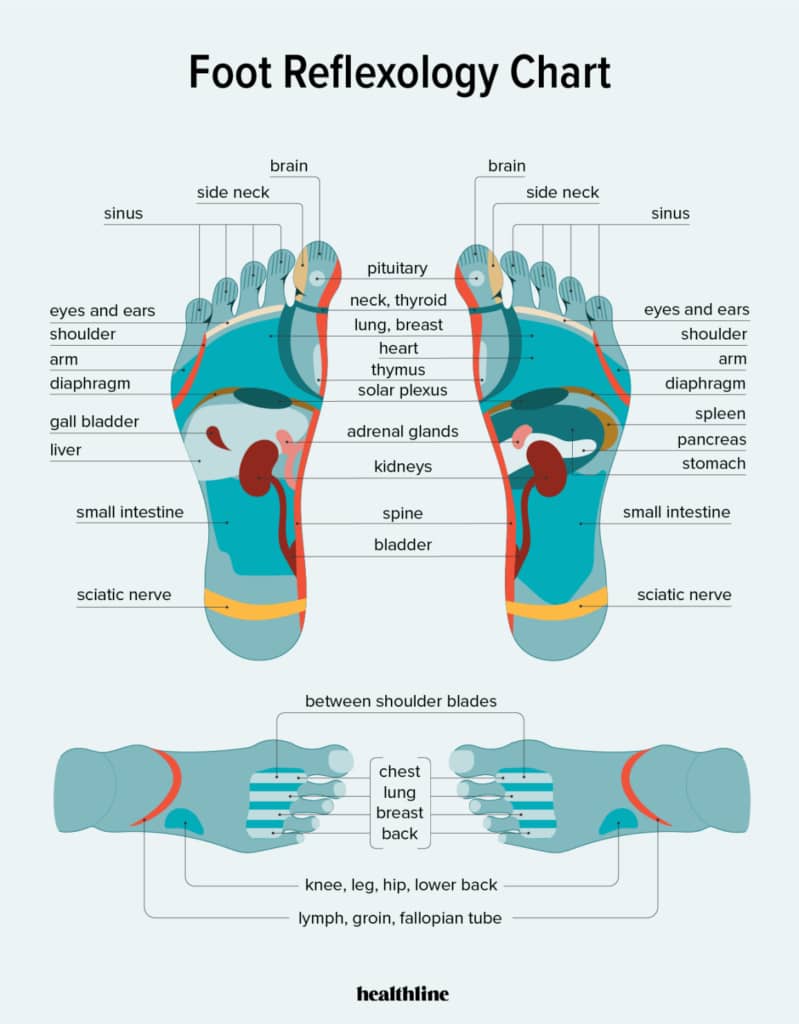
Reflexology is a practice that has been in history from the time of the old civilization. Today, it is considered one of the most significant elements in holistic healthcare. This practice began with natural healing and continues to this day as an integral part of the treatment for mind and body. Reflexology being one of the common complementary treatment options is explored further in this blog by looking at the historical perspective of the practice and answering some of the frequently asked questions on its importance to alternative medicine and healing practices.
What is the historical origin of reflexology?
Reflexology dates back to ancient Egypt and China, where foot massages were used as part of natural healing therapies. In modern times, it was introduced in the West in the early 1900s and soon became a core part of complementary medicine.
The history of reflexology can be traced back to ancient civilizations, as there are traces of these practices in the tombs of the Egyptian pharaohs and ancient Chinese writings. These civilizations employed it as part of their traditional forms of therapy.
In its current layout, reflexology was brought to the West by Dr. William Fitzgerald in the early 20th century. He introduced ‘zone therapy’ also which related to the mapping of the reflex points of the body. Alit took place progressively as it neared the adoption into the present-day practice assisting orthomolecular practices encouraging a wholesome way of living aiding the entire person.
How did reflexology evolve into complementary medicine?
Reflexology evolve into complementary medicine by adapting to modern health care needs while maintaining its natural healing therapies roots.
Once practiced by tribal societies, over the years, through the efforts of individuals such as Eunice Ingham who studied reflexes of the feet, reflexology was incorporated into contemporary western medicine. In the present-day, it is regarded as one of the many complementary and alternative medicine practices that enable individuals to restore equilibrium in demand and supply in their bodies.
Reflexology is frequently incorporated into primary medical treatment to improve health, reduce anxiety, promote comfort, and facilitate relaxation. In relation to integrated wellness along with other procedures, reflexology is undisputedly a popular alternative method of healing.

How is reflexology used in holistic pain management?
Reflexology aids in holistic pain management by targeting pressure points to relieve tension and pain throughout the body.
For those looking for a balanced approach to tackling pain, it is worth mentioning that reflexology is a drug-free and low-risk option. Reflexologists use reflex points located on feet or hand to annul various pains including headache, back pain, and so: a method worth trying.
There is nothing bizarre about combining this method with herbal medicine and other advantages of holistic therapy since it is a key factor of chronic pain management. For individuals utilizing such services, whether searching online for specific information like reflexology therapy near me, will discover that they most efficiently deal with pains and enhance health.
Conclusion: Reflexology in Modern Holistic Care
Reflexology is now gaining recognition as one of the essential techniques in modern holistic medicine, having gone through a long journey since its inception. Whatever its application, be it reflexology for the relief of pain, and stress or in fostering general health, the advantages of the practice cannot be overlooked. The usefulness of reflexology in such practices emphasizes the need to look at the mind and body holistically. When looking for alternative health centers or alternative therapy near me, remember that reflexology is one of the most efficient and reliable ways to improve one’s health.

